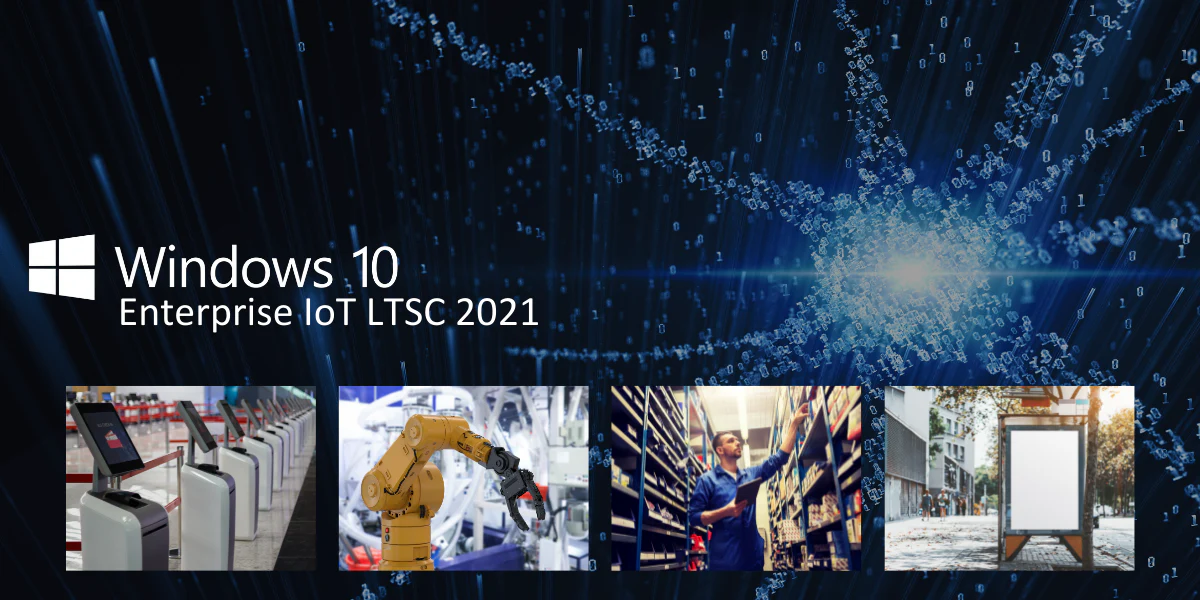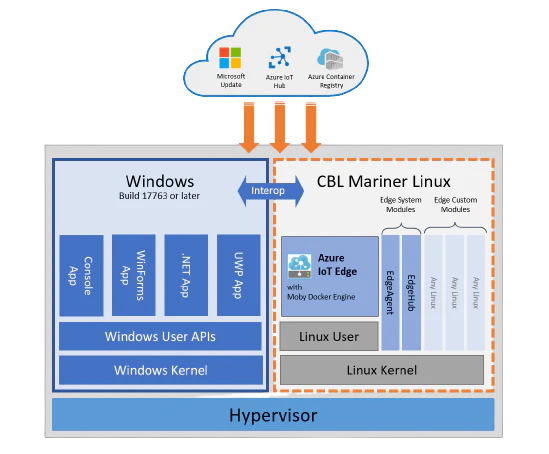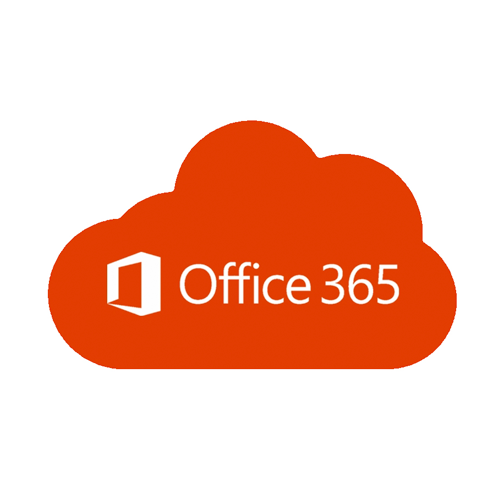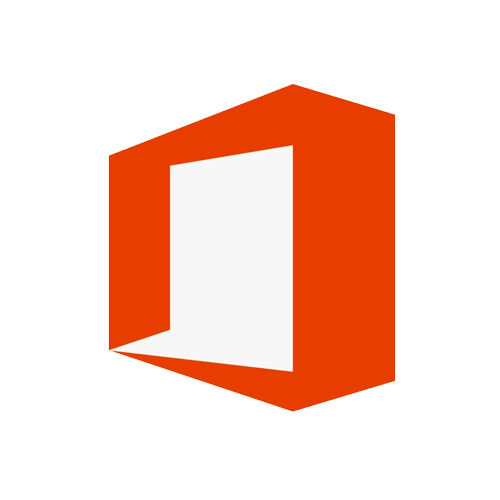What is Windows 10 Enterprise IoT LTSC 2021?

Contents
What is Windows 10 Enterprise IoT LTSC 2021?
Windows 10 Enterprise IoT LTSC 2021 is the latest operating system build that is specifically designed for embedded and IoT devices/systems with a 10-year support lifecycle. Unlike traditional Windows operating systems like Windows 10 Home or Pro, Windows 10 Enterprise IoT LTSC is catered for professional-use embedded applications. It has dedicated appliances like LTSC (long-term service channel), more control over certain Windows features, and has removed miscellaneous features like Cortana, games, etc. for a smaller disk footprint. Some examples of embedded applications where Windows 10 IoT Enterprise LTSC is used are: kiosks, digital signage, factory automation, smart manufacturing, mobile/in-vehicle edge computing, and more.
Windows 10 Enterprise IoT LTSC 2021 is a specialized version of the Windows 10 operating system tailored for use in Internet of Things (IoT) devices. Here are the key features and aspects of this version:
- Long-Term Servicing Channel (LTSC): The LTSC version is designed for stability and long-term support, providing 10 years of support with minimal updates. This makes it ideal for systems that require high reliability and need to avoid frequent updates.
- Enterprise Features: It includes all the enterprise-level features of Windows 10 Enterprise, such as advanced security, management, and deployment tools, which are crucial for managing a large number of devices in a corporate environment.
- IoT-Specific Capabilities: Tailored for IoT scenarios, it supports features and drivers necessary for IoT devices, such as industrial controllers, medical devices, and other embedded systems.
- Reduced Update Frequency: Unlike regular versions of Windows 10 that receive bi-annual feature updates, LTSC versions receive only essential security updates and bug fixes. This helps in maintaining system stability and reducing maintenance overhead.
- No Bloatware: The LTSC version does not include many of the consumer-oriented features and apps found in standard Windows 10 editions, making it leaner and more efficient for specific use cases.
- Security: Enhanced security features suitable for enterprise environments, including Windows Defender, Device Guard, Credential Guard, and support for BitLocker encryption.
- Compatibility: Ensures compatibility with a wide range of IoT hardware and software, allowing businesses to deploy it across diverse devices and platforms.
Why do Industrial Computers Use Windows 10 IoT?
The main reason users use Windows 10 Enterprise IoT LTSC 2021 in their industrial computers is to have full control over the operating system. There are many cases where users use a traditional general-purpose build of Windows for their industrial application and run into malfunctions due to automatic system updates and system failures. These costly events can cause detrimental downtime in mission-critical scenarios. Windows 10 IoT allows users to gain full access to Windows update scheduling, controlled boot, and other features that benefit the stability and reliability of their industrial computers.

What does LTSC mean?
LTSC stands for Long-Term Service Channel. A Windows 10 IoT LTSC build provides a 10 year support life cycle and is released every 2-3 years. For example, the previous Windows 10 IoT LTSC release build was in 2019, offering support until 2029. Users can choose to skip the latest 2021 release or update the device to stay up to date with the latest features and security threats. This gives users confidence to use Windows 10 IoT LTSC knowing that the operating system will run reliably for extended periods of time without the hassle of needing to update. And when an update is needed, the user can continue to extend the lifecycle of the device another 10 years with the latest updates.
Windows 10 IoT Enterprise LTSC 2021 Features
Device Management & Windows Updates
Windows 10 IoT gives users the ability to install its OS in almost any device, big or small, with a minimum storage requirement of 16 GB by using compressed file installation. In small form factor applications, a micro-SD card is used to install Windows 10 IoT on various devices. The reason why Windows 10 IoT is different from traditional general-purpose Windows 10, is that users can control when Windows can update. Users can schedule when the computers can reboot and update during specific hours, or completely disable au tomatic Windows Updates so each update is manually configured. Although not suggested, users can completely disable Windows Update. These features prevent industrial computers from randomly updating Windows and causing slowdowns or, in worse cases, malfunctions during mission-critical operations.
Kiosk Mode
Windows 10 Iot provides users with a Kiosk mode for any fixed purpose devices like ATMs, digital signage, medical equipment, and so on. Kiosk mode essentially restricts access to various system functions and boots the kiosk app in fullscreen. This feature gives users a more streamlined experience by providing only the necessary information and functions, while having tamper-proof security due to the kiosk app overlaying the Windows lock screen.

There are two types of kiosk modes that is offered: single-app kiosk and multi-app kiosk. Single-app kiosk mode is primarily used for single-purpose devices such as self-service kiosks and digital signage displays. This mode does not have a start menu and boots right into the application in fullscreen. Meanwhile, multi-app kiosk mode allows for two or more applications to be locked onto the device. This mode will have a start menu and multiple login accounts, each account having different permissions to access necessary apps. This mode is useful for a device that is shared between employees with distinct positions.
Advanced Lockdown Features
There are two key features that allow organizations to customize which applications are best fit for their devices, WDAC and Applocker. Windows Defender Application Control or WDAC, gives organizations control over which applications and drivers are to be installed on the device. This deters potential attackers from tampering with the device due to heightened administrative privileges and a digital signing process to acknowledge each user’s permissions. Applocker is what drives the multi-app Kiosk mode by restricting access to different applications depending on the user’s profile and permissions.
Soft Real-time
Windows 10 Iot Enterprise LTSC 2021 enables soft real-time capabilities by introducing CPU isolation and priority levels. This feature allows the CPU to efficiently mitigate processing power to various tasks that have different priorities. Rather than having tasks completed at a specific time, there is a lenient small window of time for program completion. The user is capable of reserving CPU cores for specific real-time processes for a more seamless user experience and effectively prioritize which tasks require more attention to complete.
Azure IoT Edge for Linux on Windows
Azure IoT Edge for Linux on Windows, or EFLOW, gives users capabilities to execute Linux-based workloads with Windows 10 IoT. Users are now able to access the vast amount of cloud-native analytic solutions built using Linux with a Windows IoT OS. EFLOW breaks the decision-making factor on choosing edge devices by unifying compatibility and device OS support specifications with Linux.

Windows 10 IoT Enterprise & Core
The Windows 10 IoT operating system consists of two different IoT editions, IoT Enterprise and IoT Core. Windows 10 IoT Core is the smallest version of Windows 10 with the essential OS features to drive software to single app devices that have minimal resources. Devices that use Windows 10 IoT Core are typically small form factor and have ultra-low power consumption like single board computers (SBCs). Windows 10 IoT Enterprise utilizes the full operating system offered in the traditional Windows 10 Enterprise but includes additional features for IoT that was discussed previously.
| Feature / Edition | Windows 10 IoT Core | Windows 10 IoT Enterprise |
| User Experience | One UWP app at a time | Traditional Windows Shell with Advanced Lockdown Features |
| App architecture supported | UWP UI only | Full Windows UI Support |
| Cortana | SDK Preview available | Yes |
| CPU Architecture support | X86, x64, and ARM | X86 and x64 |
| Usage scenarios | Digital Signage, Wearables, IoT Gateway, Smart Home | Industrial Tablets, Retail PoS, Kiosk, Manufacturing devices |
Windows 10 IoT Enterprise 10 LTSC 2019/2021 vs Windows 11 IoT Enterprise
There are many key differences between Windows 10 IoT and 11 IoT. Many may think that the latest and greatest may be the obvious choice, however, both operating systems have their case scenarios.
| Scenario | Windows 10 IoT Enterprise LTSC 2019 | Windows 10 IoT Enterprise LTSC 2021 | Windows 11 IoT Enterprise |
| Servicing | 10 Years (mainstream end date 2024) | 10 Years (mainstream end date 2027) | 3 years (retirement date 2024) |
| Multi-App Assigned Access | Available | Available | Coming soon |
| Soft Real-Time | x | ✔️ | ✔️ |
| Unified Write Filter (UWF) Updates | x | ✔️ | ✔️ |
| Windows Subsystem for Linux (WSL) | x | ✔️ | ✔️ |
| GPU Compute Support | x | ✔️ | ✔️ |
| WPA3 H2E Support | x | ✔️ | ✔️ |
| Wi-Fi 6E | x | x | ✔️ |
| USB 4.0 | x | x | ✔️ |
| New Modern UI | x | x | ✔️ |
| ARM64 | Available as GAC | Available as GAC | ✔️ |
Why does Windows 11 IoT only offer 3 years of support? Currently, there is no option for Windows 11 IoT Enterprise LTSC, but Microsoft is in the process of developing one. There is a GAC release for Windows 11 IoT that is focused on providing support to devices that are constantly being improved. By following the General Availability Channel (GAC) roadmap, these devices will receive an annual update to the latest features.
Depending on what application the user will be needing the device for, Windows 10 IoT Enterprise LTSC 2021 is a reliable long-term solution that has proven to operate smoothly throughout the years. There are multiple new features that are specific to Windows 11 IoT Enterprise that some users may need in their applications to stay up to date with the latest technologies. All-in-all, there is no definitive IoT operating system as it varies in the user’s applications.
Summary of the Importance of Windows 10 IoT
Windows 10 IoT is purposely designed for IoT and embedded devices applications. It allows users to control how certain features function to ensure a reliable and uninterrupted operation. A main feature that many users immediately configure is Windows Update because of numerous occasion sion sion sion sion sions where the computer updates During mission-critical times of operation and fails to reboot. Additionally, Windows 10 IoT has LTSC meaning the operating system has a 10-year support cycle compared to the 2-3 years of support from a general-purpose OS like Windows 10 Home . 10 IoT offers features catered specifically towards IoT applications like Kiosk mode and EFLOW that is not introduced in other OS.



 Windows 11
Windows 11 Windows 10
Windows 10 Windows 8
Windows 8 Windows 7
Windows 7 Windows XP
Windows XP
 Microsoft 365
Microsoft 365 Office 2019
Office 2019 Office 2013
Office 2013 Office 2010
Office 2010 Project 2021
Project 2021 Project 2019
Project 2019 Project 2016
Project 2016 Visio 2021
Visio 2021 Visio 2019
Visio 2019 Visio 2016
Visio 2016
 Server 2008
Server 2008 SQL Server
SQL Server
 Avast
Avast Utility & Tools
Utility & Tools PDF Editor
PDF Editor CAD & 3D, 2D
CAD & 3D, 2D Graphics/Drawing
Graphics/Drawing Microsoft 365
Microsoft 365 Office 2021
Office 2021 Office 2019
Office 2019 Office 2013
Office 2013 Office 2010
Office 2010 Server
Server
